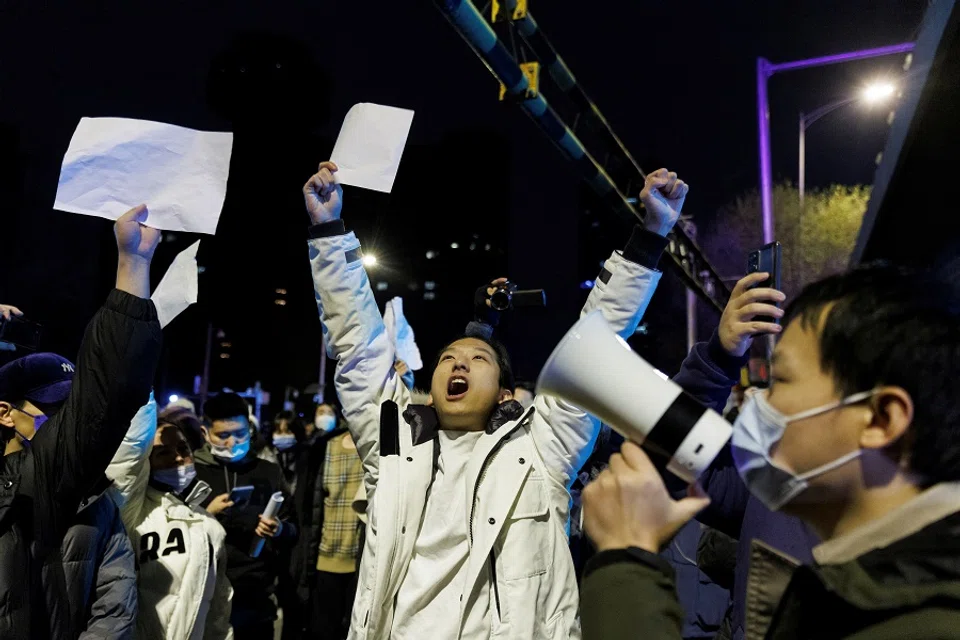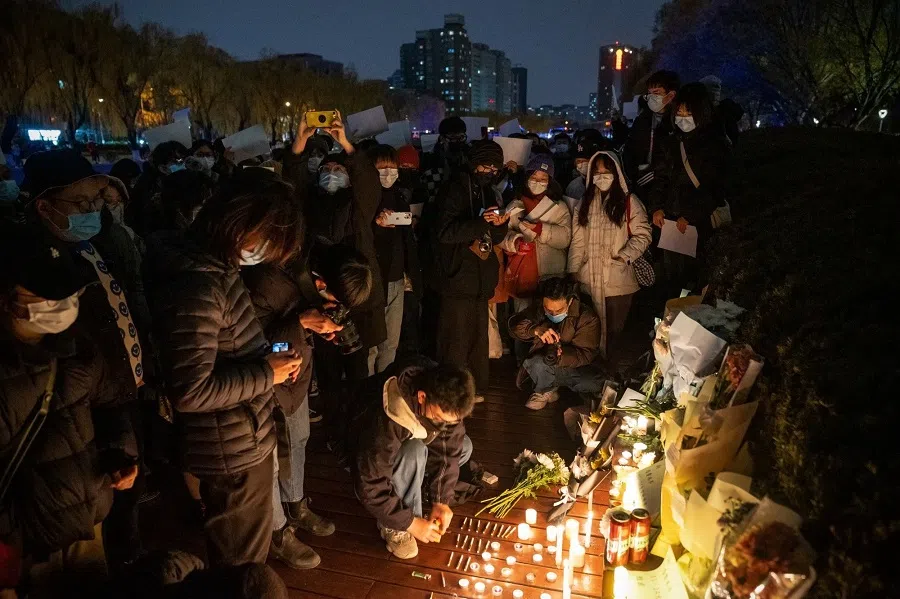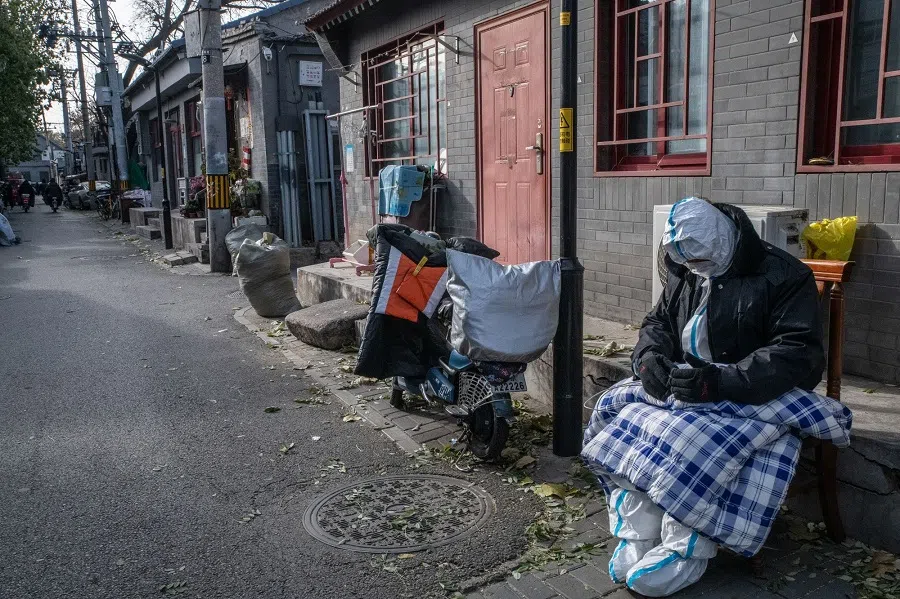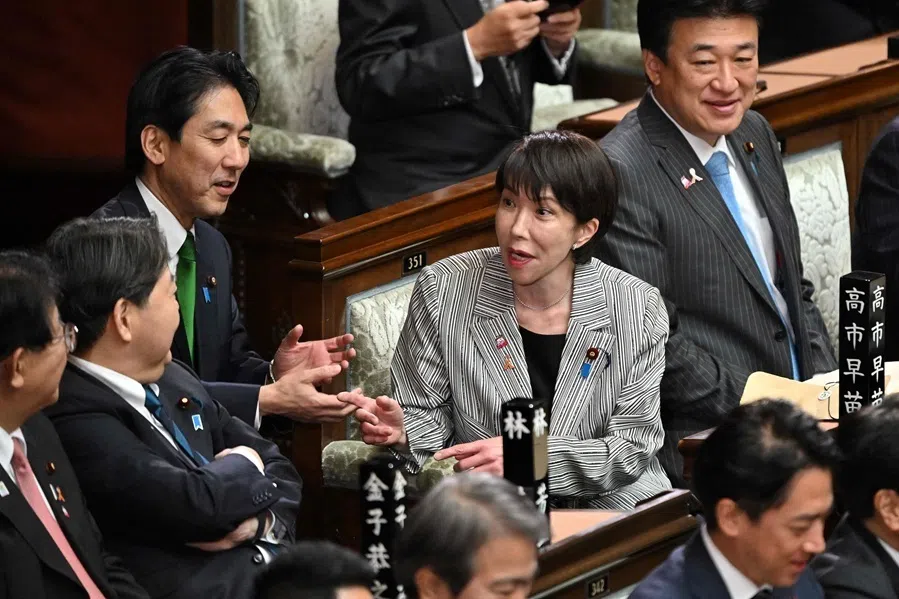Covid protests: A repressed China needs an outlet to return to equilibrium
Chinese commentator Ma Haotian points out that when segments of the population feel the pain of China's strict Covid controls, discontent boils over in search of an outlet. As China knows from its history, it is impossible to achieve outcomes that tick every box. It will have to learn to be flexible and accept trade-offs if the country and its people are to move forward from the yoke of zero-Covid.

Tragedies resulting from China's strict Covid-19 policies have been keeping up the pressure for Covid controls to be eased. On the night of 24 November, ten people were killed in an apartment block fire in Urumqi, Xinjiang. Rescue efforts were thought to be delayed due to Covid controls, setting off another wave of public anger.
The next day, public frustration boiled over, as people not only mourned the victims but criticised anti-Covid measures and even shouted political slogans about other grievances. Within two to three days, a list of dozens of colleges holding vigils made its rounds on the internet.
As they gathered singing China's national anthem and L' Internationale, university students chanted slogans calling for democracy, rule of law and freedom of expression, keeping clear of crossing China's political red lines. But the people gathered outside the universities were not so mindful about the optics.
Shanghai's Urumqi Middle Road (乌鲁木齐中路) became a natural gathering point for mourning the victims of the Urumqi fire. At the vigil, people shouted anti-establishment slogans, some decidedly explicit. On 27 November, this event in Shanghai and the vigils held across various Chinese cities (including the one at Beijing's Liangma Bridge at the time of writing), attracted the attention of international media.
... whether in epidemic prevention or politics, people from all walks of life in China have experienced some form of repression this year.
Ground sentiment has shifted
This type of gathering involving political demands is hardly seen in China. But with images of the vigils spreading like wildfire on smartphones and the internet, people have witnessed erstwhile "voiceless" youth brimming with passion and sentiment, even in politics. It is unclear if the outpourings are simply a reflection of youth impatience and frivolity, but one thing is certain - whether in epidemic prevention or politics, people from all walks of life in China have experienced some form of repression this year.

Amid Beijing's soaring Covid-19 cases over the past few days, my residential district announced at 6pm on 26 November that no one would be allowed to enter or leave all residential compounds. This angered many people as they felt that the grassroots officials had violated the "20 measures".
On 27 November, residents in my district spontaneously blocked the gate at the entrance of the residential compound and tore down barricades in an attempt to free themselves from the lockdown. Residents and community staff pushed and shoved one another, and the confrontation almost turned into a violent clash.
Turbulence not caused by top-down initiatives is rare. But stability and equilibrium are not traits that are the norm in society.
Such behaviour would have been unimaginable in the past, leading district officials to quickly cancel the restrictions that same night. Such restlessness and anxiety can be seen in almost everyone amid the pandemic.
China often gives the impression to the outside world that it is "stable" and "unified". Turbulence not caused by top-down initiatives is rare. But stability and equilibrium are not traits that are the norm in society.
British anthropologist Max Gluckman argues that society's equilibrium and unity are achieved through the conflict between moderation and regularity, and that conflict is the essence of society and the expression of unity. British anthropologist Edmund Ronald Leach wrote about Myanmar's Kachin community, which achieved equilibrium by constantly transitioning between aristocracy and anarchy.
You either break out of silence or perish in it - every society has a historical cycle of equilibrium and conflict. Being stuck in a high-pressure environment for a long time is bad for society and the people within it. Having been repressed for a long time, people need an outlet to vent their feelings to better help society return to equilibrium.
Learning to accept trade-offs
Similar to Covid policies that aim to contain the pandemic while minimising the impact on the economy and society, since it was first mentioned by Mao Zedong in 1957 and revisited at the sixth plenary session of the 18th Chinese Communist Party Central Committee in 2016, China has always pursued a "six-pronged" political situation - it wants to have "both centralism and democracy, both discipline and freedom, both unity of will and personal ease of mind and liveliness".
... the pandemic may be contained, but the economy is damaged; discipline is instilled, but freedom is lost...
But the outcome seems to be the same as epidemic prevention and control in which not all aspects can be equally catered for - the pandemic may be contained, but the economy is damaged; discipline is instilled, but freedom is lost; the total relaxation of Covid controls is rejected, but lockdowns are allowed to continue; a unified will is shaped, but people's peace of mind has been forsaken.

Social conflict in China is happening partly because of the pandemic and partly because of the country's system. In terms of the pandemic, I agree with some Chinese commentators who advocate that China should shift from zero-Covid towards zero critical Covid-19 cases and then to zero Covid-19 deaths.
In terms of changes to the system, gradual reforms are always welcome. But the problem is how reforms can be more democratic and free and make the people more at ease and lively so that they will feel less frustrated. The wisdom and courage of China's ruling class are needed to reduce social turmoil amid adjustments to Covid controls and to successfully reform in the limited and complex space within China's political structure.
Related: This has to be the end of lockdowns in China | China's young and old have opposing views on zero-Covid | Chinese local governments struggle to find perfect way to ease pandemic rules | Two steps forward, three steps back: Lockdowns in China still prevalent | Lockdowns or not: China's officials face new dilemma implementing anti-Covid measures





